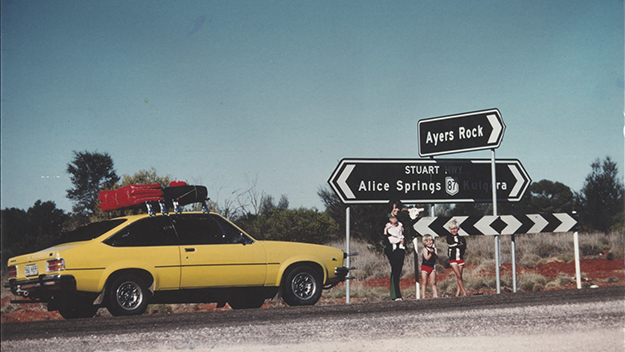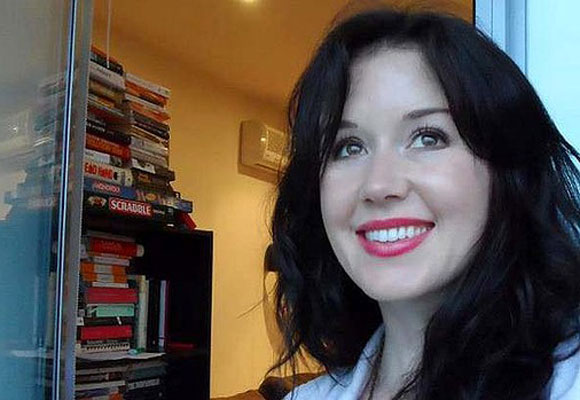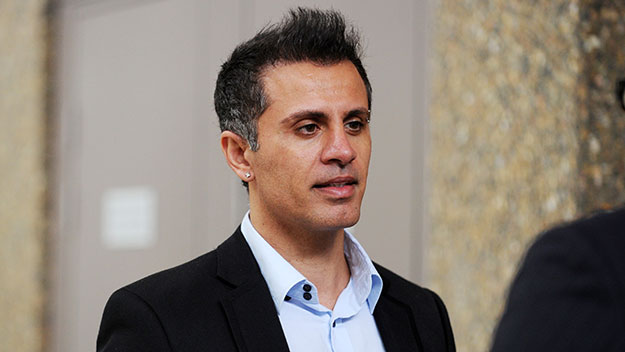On Sunday, surrounded by family, lawyers, academics, journalists and others who had fought for the reversal of the convictions, the car was traded by Dr Chamberlain, for an undisclosed sum, to the museum.
The strange disappearance of Azaria Chamberlain and her family’s bizarre insistence that she was taken by a wild dingo near Uluru became one of the most notorious cases in contemporary Australian legal history.
In October 1982, two years after her daughter has disappeared, Lindy Chamberlain was convicted of murder and her husband Michael was found guilty of being an accessory to the crime.
After serving three years of a life sentence, Lindy Chamberlain was granted a royal commission on the basis of new evidence and 1988 she and Michael Chamberlain were exonerated by the Northern Territory Criminal Court of Appeal.
During the investigation into Azaria’s disappearance the canary yellow hatchback, with the infamous number plates ‘4ENSIC’, was stripped to it’s shell in a bid to find further evidence.
The car has been acquired by the museum to add to it’s collection of evidence, clothing, letters, photographs and film about the story.

Michael Chamberlain in 2012 during the fourth coronial inquest into the disappearance of his daughter, Azaria.
Addressing the crowd of onlookers, including his daughter Zahara, son Aidan, daughter-in-law Amber, and nine month old granddaughter Amelia, Dr Chamberlain called the case “a gross injustice” and said the car, which sports the ironic number plate “4ENSIC”, was a symbol of triumph for him.
“What I want them to note in a nutshell is that this car has survived, not only as a symbol of a gigantic forensic stuff-up, but ultimately as a symbol of a triumph of Australian justice,” he said.
“It will provide a lesson, I believe, for those who want to learn about social history and legal history in Australia.”

Michael also told the ABC he was undaunted by the risk that the exhibition is likely to get tongues wagging again.
“Human nature is a risk isn’t it? I would fully expect there would be continual questions and scratching of heads – that’s alright, that’s the privilege of questioning and if the doubters want to continue, let them,” he said.
“But I hope they will be literate and objective in trying to get to the truth of the matter.”
The dispute over how Azaria died was resolved two years ago by coroner Elizabeth Morris, who found that a dingo had in fact snatched the child from the family tent near Uluru on August 17, 1980.
Museum director Dr Mathew Trinca said: “This story should never be forgotten by Australians. I think this collection will help the process.”


